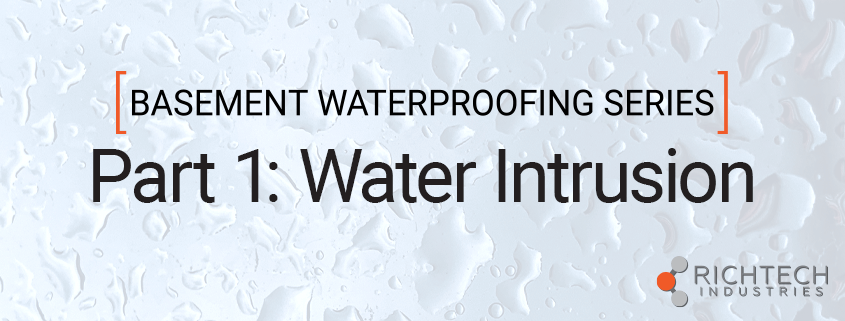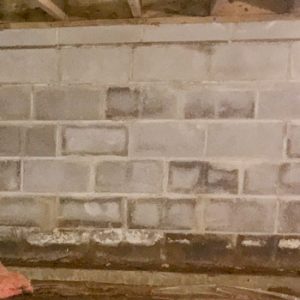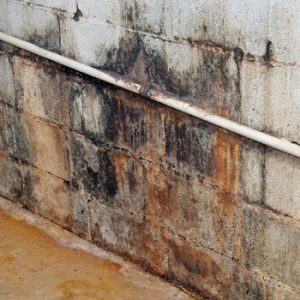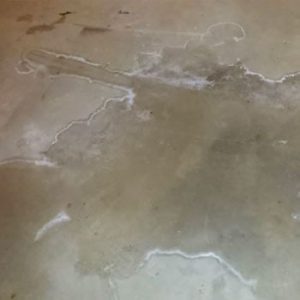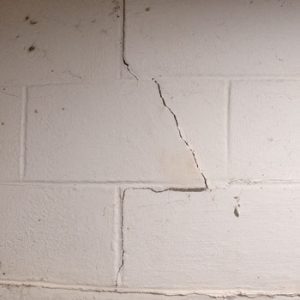Basement Waterproofing Series Part 1: Water Intrusion
A Return to Remodeling
Due to the recent increased time at home, people are attempting to optimize their living spaces. This means venturing to parts of the home that have historically been neglected. Projects on patios, decks, and most importantly basements have seen explosive growth in the last 10 months.
Out of all these types of projects, basement projects often are the most intrusive, and can provide the most drastic change on the overall quality of the dwelling. Basements, which encompass the ground floor of a building that is partly or entirely below ground level often remain unfinished and uninhabited.
The combination of being underground, unfinished, and uninhabited makes the basement/foundation susceptible to a unique set of environmental forces. Water and moisture are two factors that will slowly compromise the basement/foundation over the passage of time.
Signs of Water Intrusion
There are a variety of issues that water can create in your home, it is important to stay cognizant of water intrusion. There are many ways to identify this intrusion in your home. Some of them include:
- Efflorescence
- Will appear as white stains at the base of the wall or crack. This is mineral residue left over from evaporated water
- Mold, Odor, Mildew, Dampness
- Will often affect the air and have a tangible scent (Musty smell). It is possible that mold is present without a scent, contact a mold mitigation specialist for an air quality test.
- Rot in the Joists or sill plate
- Will require an inspection of the Joists. Depending on your region and climate it can manifest in a variety of ways. Follow this link to learn more.
- Visible water/Water spots (puddles, pooling)
- This is the most obvious sign and should be addressed as soon as possible. It will require you to identify the source of the leak. Condensation in walls/windows are another sign and should be addressed immediately
- Cracked Walls, cracked floor
- Can be hidden behind drywall or under floor. Can range between hairline cracks and up to inches wide.
- Stained/Soggy Drywall
- Visible staining, and or damp/wet drywall
Causes of Water Intrusion
If you can identify one or more of these indicators, the next step is to understand where the problem is coming from. Water will always take the path of least resistance, and there may be multiple sources from which water may be originating. The three most common sources will be:
- Ground water
- 1” of rain over a 2000 sq foot area can produce almost 1300 gallons of water.
- Capillary Suction/Hydrostatic Pressure
- Water Saturated ground pushes though cove joint, block wall
- Underground springs
- Reservoirs of water under the foundation that push up through the cove joint or through the floor
Water Control
Understanding your source of water intrusion means you are ready to tackle the problem. We will begin to explore myriad of options you have when waterproofing a basement. The goal is to create a healthy living space. This can be a complex task with many components. We have broken the task down into six key aspects that will cover all areas of any basement repair project. These six components are listed below:

